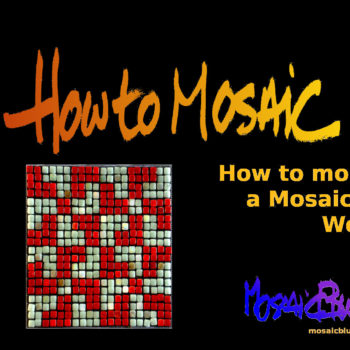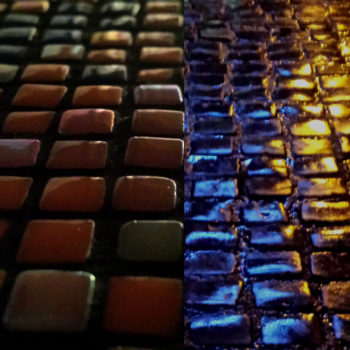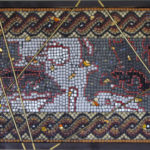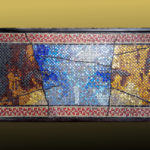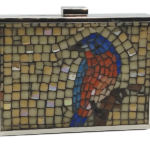When the fire ravaged Notre-Dame last April 15 the cathedral’s soaring and delicate 300 foot spire collapsed in flames with two third of its wooden roof.

The spectacle of flames leaping from the cathedral left many people – including myself – stunned. While watching images of the flames engulfing her, I was feeling great sadness and worry, not knowing if anything could be saved. I felt great relief when I heard that the firefighters had been able to save the main structure and most of the Art works.
While other more modern Basilicas of France such as Notre Dame de la Garde in Marseille and Notre Dame de Fourviere in Lyon are well known for their more modern byzantine mosaics, you won’t find any mosaic in Notre Dame de Paris
Which does not mean there never were any around !
200 years to build.
The building of the actual cathedral started in 1163 during the reign of King Louis VII and was completed about 200 years ago in 1345. When money would became scarce, the work would stop. When some rich sponsor would jump back in (possibly to redeem himself of some mortal sin…) the work would start again.
From pagan times to the 12th century.
The Roman Lutetia sat on the left bank of the Seine river. North of it, on the island where now stands Notre Dame, stood a Gallo-Roman temple dedicated to Jupiter.
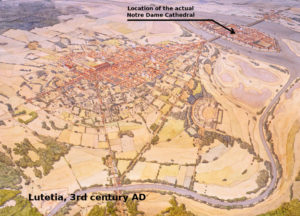
Between this Gallo-Roman temple and the Gothic cathedral four religious edifices were later built:
- a paleochristian church (4th century)
- a Merovingian basilica, (6th century)
- a Carolingian cathedral (7th century)
- a Romanesque cathedral (10th century)
The last Romanesque building was restored and enlarged several times to accommodate the rapidly growing population of Paris. But it eventually turned out to be too small. In 1163, the Bishop of Paris launched the construction of the Gothic Cathedral.
Ancient mosaics
Both the Pagan temple and the Merovingian basilica (dedicated to Saint Etienne by Childebert 1st) were decorated with mosaics.
Then the Carolingian and Romanesque cathedrals were built on top of them. Some of the stones were reemployed, and most of the mosaics were destroyed and used as filling material.
Several campaigns of excavations
Between 1847 and 1972, Archaeologists carried out several campaigns of excavations on the parvis Notre Dame.
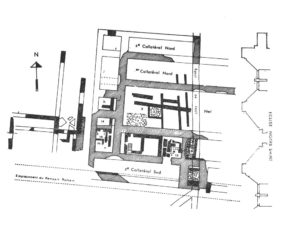
Mosaics were unearthed in 4 occasions
The most important fragments were found in1847 at the site of the former Merovingian cathedral of Saint-Etienne. The best preserved piece (now in the reserves of the Lapidary Museum Carnavalet) is an irregularly shaped fragment. The mosaic is a geometric border realized in Opus Tessellatum, in 3 colors red, black and white.
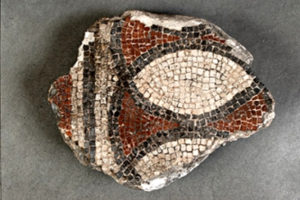
The support mortar is very thick (12 cm.), whitish in color, with rosy tints. The tesserae measure on average 1 cm and are laid on a gray mortar bed, with a rather tight grouting of the cubes.
Childebert or Valentinian ?
Most authors on the basis of the 19th century document “Statistique monumentale de Paris”, agree that these mosaics were pavements of the Merovingian Basilica, founded by Childebert (551-558).
However, Vacquer, the archaeologist, had found the mosaic inside the walls of the Basilica. This made him believe they came from an earlier structure, an hypothetical 4th century “Basilica of Valentinian“.
Sources :

